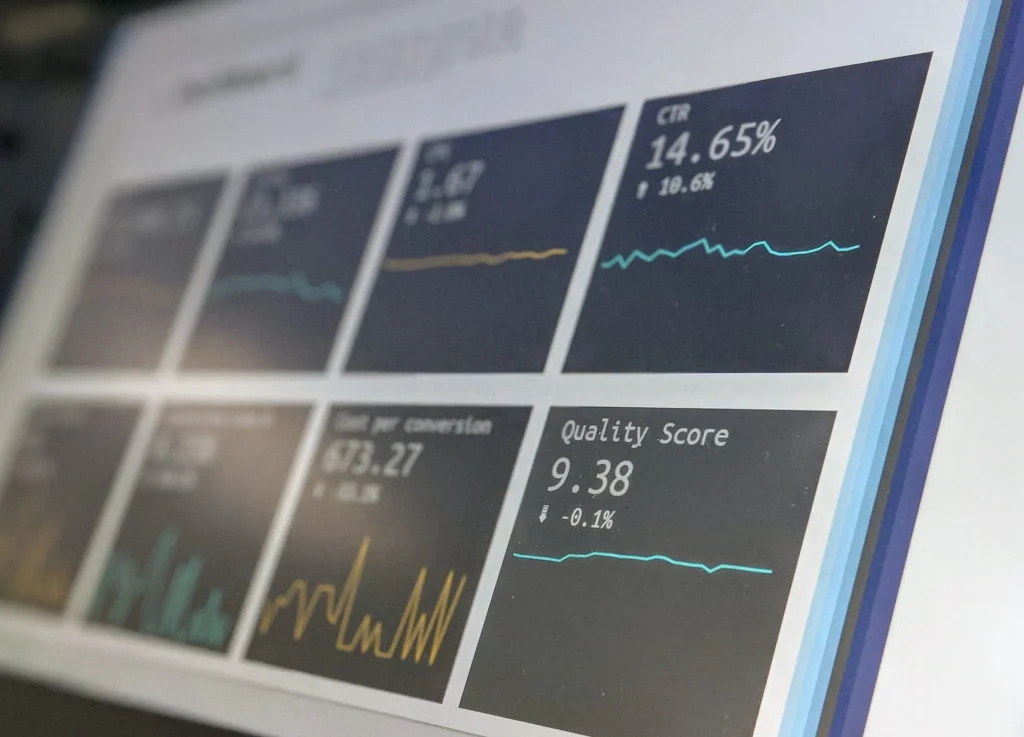Stress testing involves the analysis of the impact a hypothetical event can have on an organisation’s financial statements. It is usually conducted using a computer simulation. Stress testing is used in many sectors but primarily in the financial sector as it can determine the risk of investments and portfolios. Stress testing is for internal or external purposes, including internal risk control and regulatory requirements. It has been proven to be especially useful after the 2008 Global Financial Crisis.
Communication is important when undertaking a stress test. The purpose of the test needs to be outlined, as well as the responsibilities of those involved. Staff need to understand the procedure and how to document data, outcomes and changes in tracking.
Why is stress testing important?
Stress testing can be customised to meet the specific needs of a business. For example, the organisation may need to keep up with changing regulatory requirements. Adapting stress testing to each situation is important as it highlights any risk exposure the company might be vulnerable to. It shows whether changes need to be made in investment strategies or if the business can continue with its plan. Stress testing can be used as a proactive or reactive tool and the frequency and quality of tests highly affect the approach a business can take.
The market is affected by many events such as current events, inflation and interest rates. All of these contribute to deteriorating, maintaining or improving the financial health of an organisation. This is why management needs to identify weaknesses early so that they are able to manage them and ensure the survival of a business. Stress testing can show how a range of different scenarios can impact different areas which is essential during a period of growth as threats might be underestimated.
Stress testing can detect risk correlation which means how risks react to one another and shows the probability of one event affecting another which could cause multiple losses. Stress testing is a supplement to other risk management tools. It highlights why an event is a threat and why it needs to be managed. It can reduce risk damage and assist the management in creating their strategies. During a period of stability, it can serve as a wake-up call.
The main benefit is the prevention of poor risk management and excessive risk-taking. Stress testing can be adaptable to different occurrences. Even though stress tests were particularly popular during the financial crisis in 2008, they were widely used during the COVID-19 pandemic as well. Regardless of the circumstances, stress testing can provide a great insight into the exposure the business might face.

Why are scenarios necessary?
Stress testing needs to be realistic and adjustable. Different variables will need to be adapted depending on the scenario to determine the likelihood of an occurrence and the level of impact it will have. Hypothetical events that a company might experience need to be created, even those that do not seem meaningful. How would the organisation’s health react to an increase in interest rates or a decline in the GDP? Multiple figures can be used to test various severity levels.
Developing realistic scenarios prevents or reduces the possibility of obtaining results that are misrepresenting risks. By creating a variety of scenarios, greater aspects of a business can be covered. An example of a hypothetical scenario could be the rise in unemployment and the simultaneous rise of house prices. The company can also choose to test historical events, such as stock crashes and financial crises. Historical events can show how evolving business practices can prevent future losses. These extreme conditions serve as the worst-case scenario and how would an organisation survive against those conditions.
Scenarios might not directly affect the organisation. There might be side effects that threaten its financial health.
How can the management help?
It is not enough to only undertake stress testing. The board of directors, the employer and managerial staff need to be involved in acquiring more knowledge about the state of the economy and the nature of stress tests. They need to be educated on how to interpret the results and what actions to take following those results. Regularly conducting stress tests is also essential as a wider range of scenarios can be used and greater evaluations of strategies can take place.
Management can include their personal experiences and predictions to compare how the changing variables can affect the organisation. However, they should not underestimate an event simply because they do not predict that it will materialise. They need to take the results of the stress tests into consideration during decision making. It is crucial for management to always be cautious when making high-risk decisions. Even though stress testing is a useful tool for the business just like every other risk management tool, it has its flaws and limitations.
Aligning the stress tests with the company’s goals is their responsibility as every part of the business needs to work to achieve the same mission. Continuous reporting of results can help highlight weaknesses in testing and in assumptions. They need to determine the level of risk the organisation can handle based on various factors such as its size and its sector.
Limitations of stress testing
Stress testing cannot be used as a sole risk management tool. It can act as a supplement that assists the organisation in making its decisions but it needs to be supported by other procedures. It cannot show the probability of an event happening, the probability is based on previous risk analyses.
Stress testing relies on the quality of information. Poor preparation and planning can cause mistakes that can incur unpredictable costs. If inadequate data is assigned to a test then the results will be lacking and will not provide a clear and accurate outcome. Actual risks could be overlooked or undervalued and could cause improper planning.
If there is not enough information on scenarios, it can be hard to estimate the impact a variable change can have on a business. Moreover, results can be affected by the quality of communication, both internal and external. If management does not understand the purpose of the test and the severity of the outcome then that could be a sign of lack of education on the risk. It will be challenging for them to include the outcomes in their decision making if they cannot perceive how the results affect the business.
Conclusion
Stress testing requires a high degree of transparency. It is a useful risk management tool with many benefits but it can only be successful as a supplement. Management needs to engage in the stress testing process and educate staff on how to use the tool correctly. Stress testing is more effective if the scenarios are realistic and well analysed. The organisation needs to be aware of its limitations and the areas in which it can use it to obtain a favourable outcome. A business’s ability to adapt to various situations will ultimately determine its survival.
Let's Get Started
Interested in learning more about how Polonious can help?
Get a free consultation or demo with one of our experts
Eleftheria Papadopoulou
Eleftheria has completed a Bachelor's of Business with a major in Marketing at the University of Technology Sydney. As part of her undergraduate studies she also obtained a Diploma in Languages with a major in Japanese. Following her graduation she has been working as a Marketing Coordinator and Content and Social Media Specialist.
Eleftheria is currently finishing her Master in Digital Marketing.




